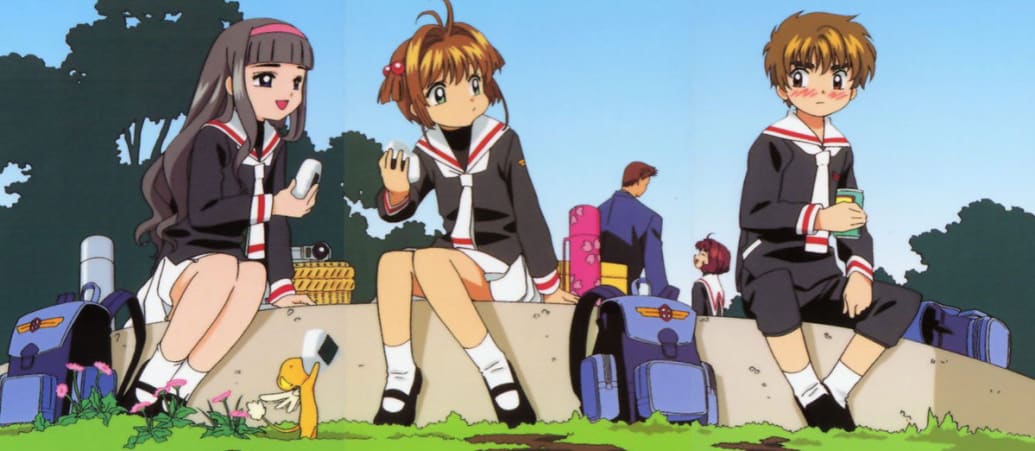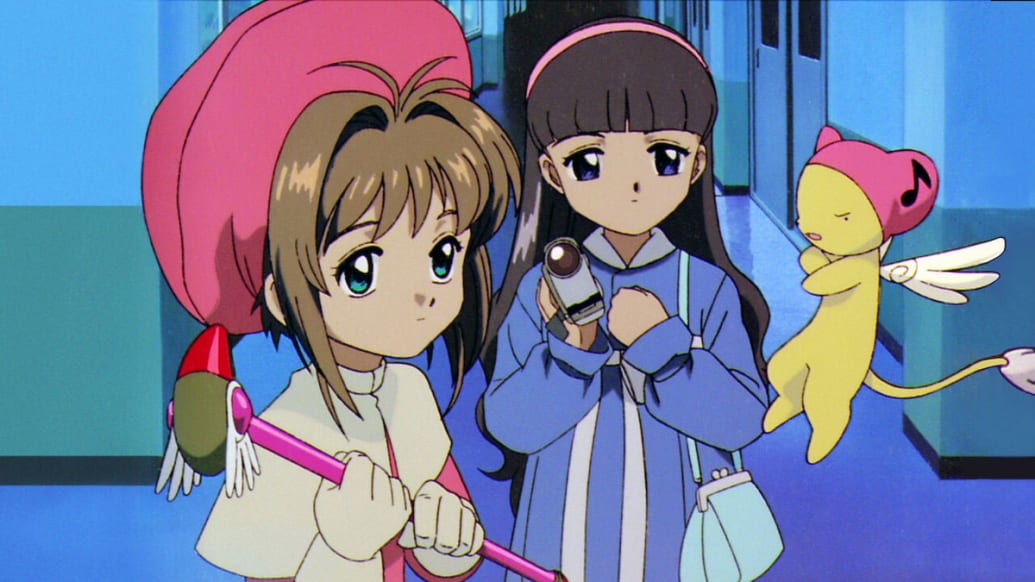The , Ohkawa spoke of the series’ diverse, accepting approach to sexuality. “I wanted a story with a protagonist who had an open mind towards different family structures, different kinds of love, and different perspectives from society,” she said.
That’s not exactly emblematic of ’90s Western TV—which is probably why that open-minded version of Sakura was only seen in Japan. When adapting the show for Western audiences, networks tried to water down its portrayal of the complexity of love. Episodes were edited, reordered, and some weren’t even shown outside of Japan—all to remove allusions to LGBTQ+ themes and align it with other sanitized imports, like Pokémon and Digimon.
“So ingrained were themes of queer love that they managed to break through the multiple layers of censorship.”
The networks couldn’t get all of those references out, though. So ingrained were themes of queer love that they managed to break through the multiple layers of censorship in the English-language dub, to maintain the Western Cardcaptors as one of the queerest shows on TV at the time. After all, you can change the script, but the animation remains the same.
Tōya giving Yukito his magic remains a remarkably tender moment between two male-coded characters in the dub, even in 2023. Syaoran—Sakura’s classmate and crush—may not have been openly attracted to Yukito as he is in the Japanese original, but he still blushed every time Yukito was near him. And as much as the dub tried to paint Tomoyo and Sakura as Very Good Friends™, it was clear, even in English, that Tomoyo harbored strong romantic feelings for Sakura.
“I still picked up on the queerness,” writes Shamus Kelly in Den of Geek, reflecting upon the series in 2020. “Not directly, mind you. I was nine years old and still hadn’t had my first crush yet. [But] because of Tōya and Yukito, I was able to figure out my sexuality in a safe way. I wasn’t afraid of the slow realization that I liked women and men; I knew it was okay because Cardcaptor Sakura showed it was okay.”

Cardcaptor Sakura was just that: a welcoming, safe place. And while Sakura and Syaoran ultimately ending up together might seem to undermine the impact of the show’s queerness, Ohkawa was keen on fans not seeing it that way.
“I am glad that the readers are happy that Sakura and Syaoran got together, but that anyone would think it’s because they make [an obvious] couple… it’s a little disconcerting,” she said in the Card Captor Sakura Memorial Book. “Sakura didn’t choose Syaoran because he’s a boy close to her in age. If Syaoran had been a girl, if they had been far apart in age, as long as he was still Syaoran, I think Sakura would have fallen in love with him. It’d sadden me if you thought they’re a good couple because they’re [heterosexual].”
This claim isn’t made in performative hindsight, like, say, making Dumbledore gay years after the fact with no textual reference. That Sakura could have ended up with Syaoran regardless of who he was, and that any character could do much the same in their own relationships, was fundamental to the show and to Sakura’s character—something even censorship couldn’t mask.
Still, Cardcaptor Sakura remained a risk, even in the more permissive landscape of ’90s Japanese anime.
“I wondered how the series would be received, since it ran in Nakayoshi [a long-running manga magazine aimed at young girls], but it was received better than I expected,” Ohkawa said in 2001, before later adding, “There may be people who think that elementary school children are incapable of that much maturity, but there are many children who are that wise, and suffer for it.”
For all its popularity, Cardcaptor Sakura wasn’t a seminal show in the grand scheme of the medium; it didn’t reignite interest in the waning Magical Girl genre, nor did it shake up anime. But it was different. It never assumed incompetence on the part of its young audience. It never claimed that we weren’t ready for its lessons. It told us things were changing, and that’s okay—it’s all okay. Everything will be okay.
Now, with the 25-year-old show streaming on Netflix (in the US, at least) with a more faithful (and gayer) dub, Cardcaptor Sakura can give a newer generation the sense that yes, everything will be okay.

